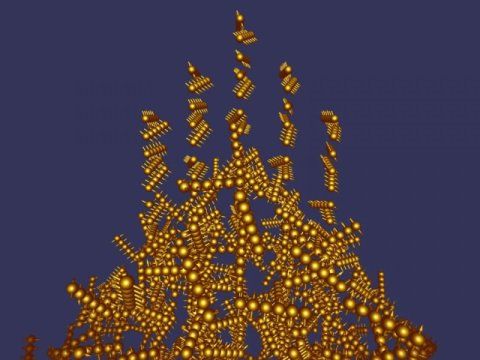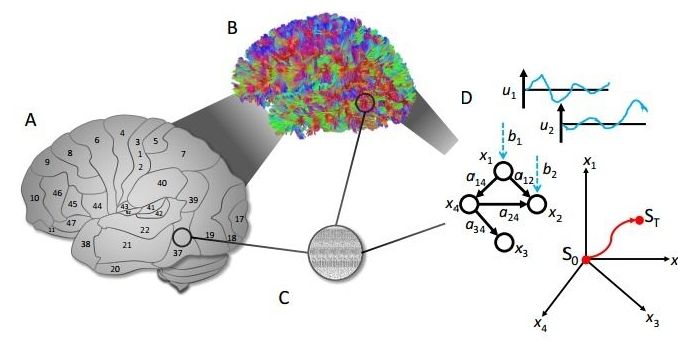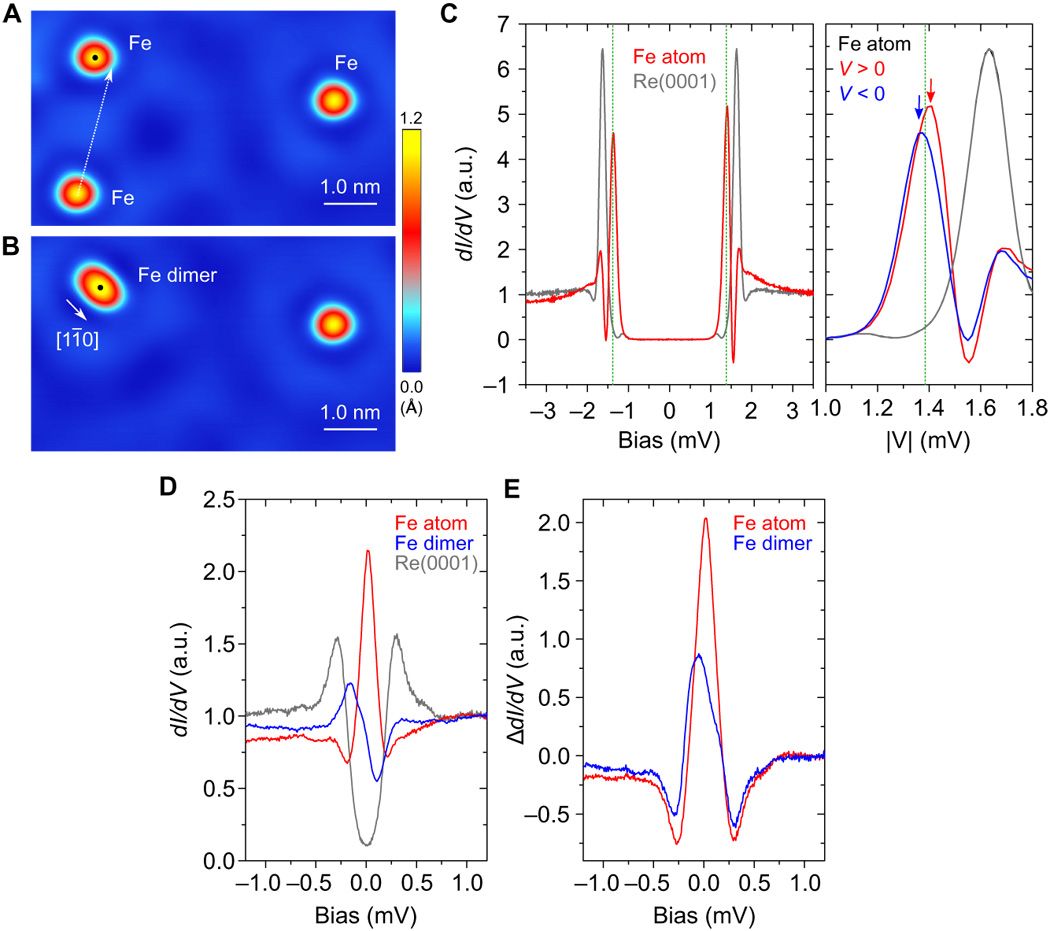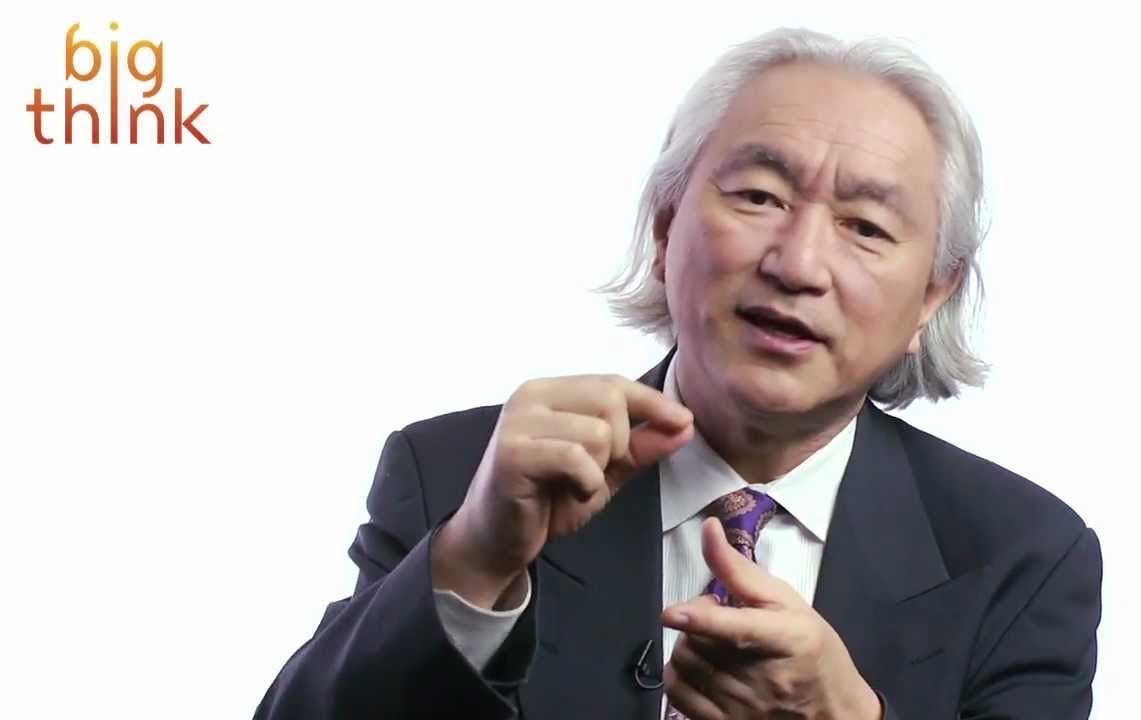May 16, 2018
Almost everything you know about e-waste is wrong
Posted by Bill Kemp in categories: computing, economics, health
Many of us think we know what electronic waste is because we wonder what to do with devices we no longer want or need.
It’s the old cellphone and its charger stuffed in the drawer.
It’s that old laptop, monitor or printer packed behind the door or in the basement.
Continue reading “Almost everything you know about e-waste is wrong” »















